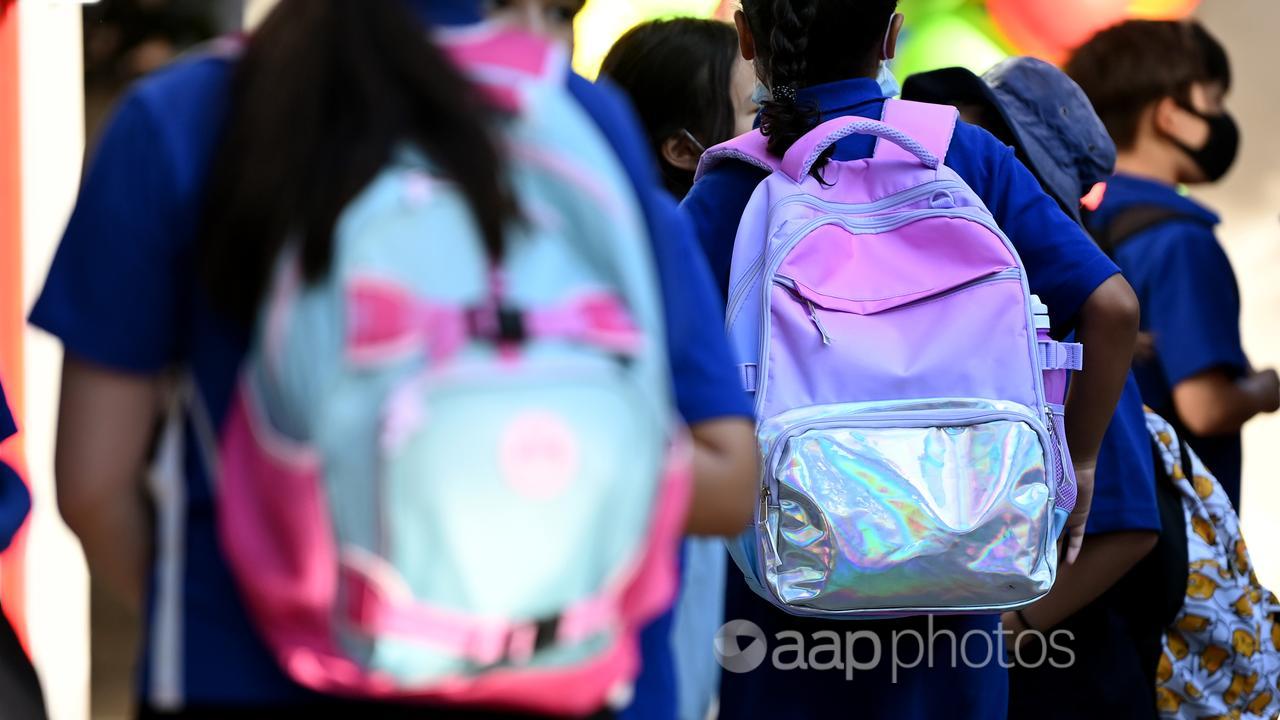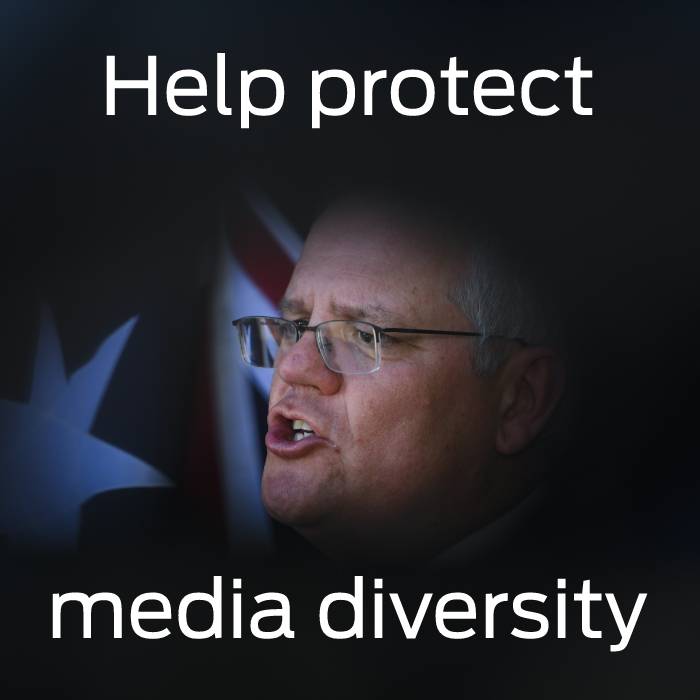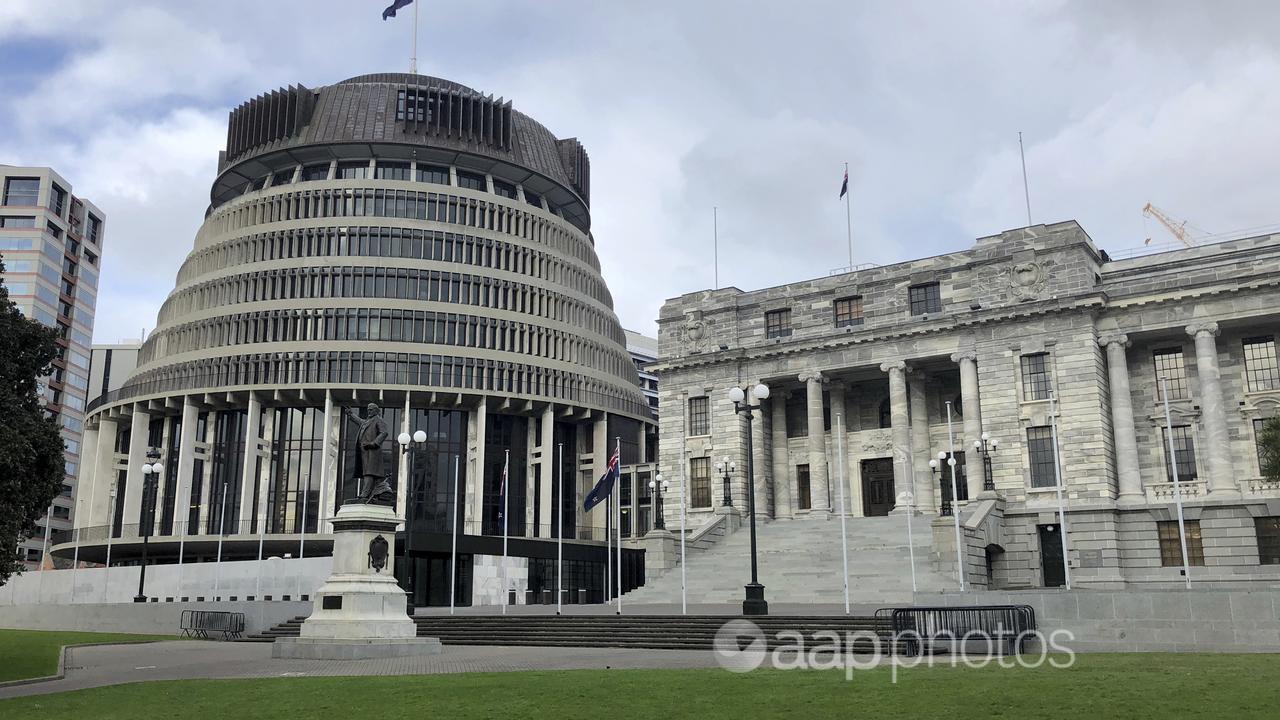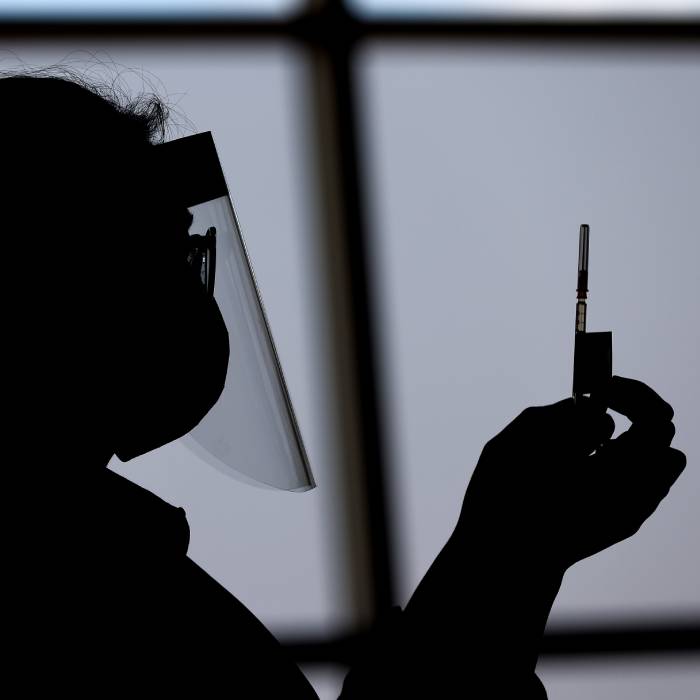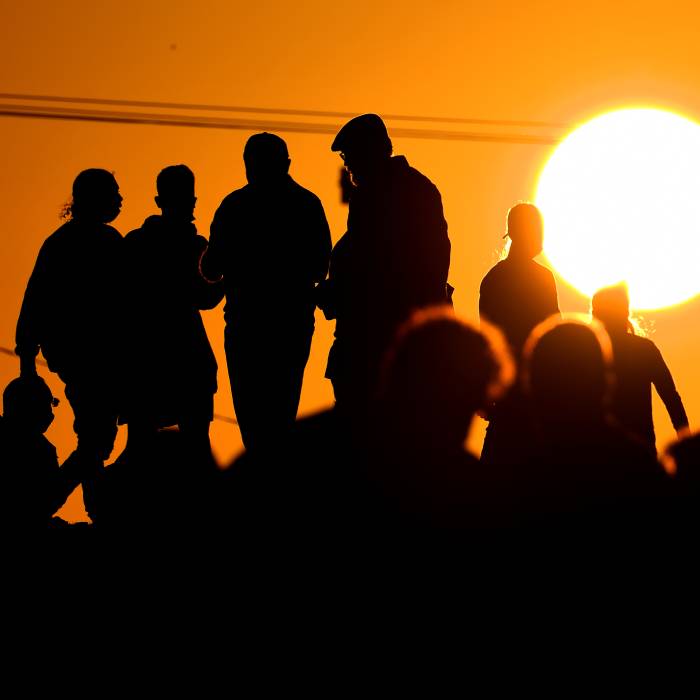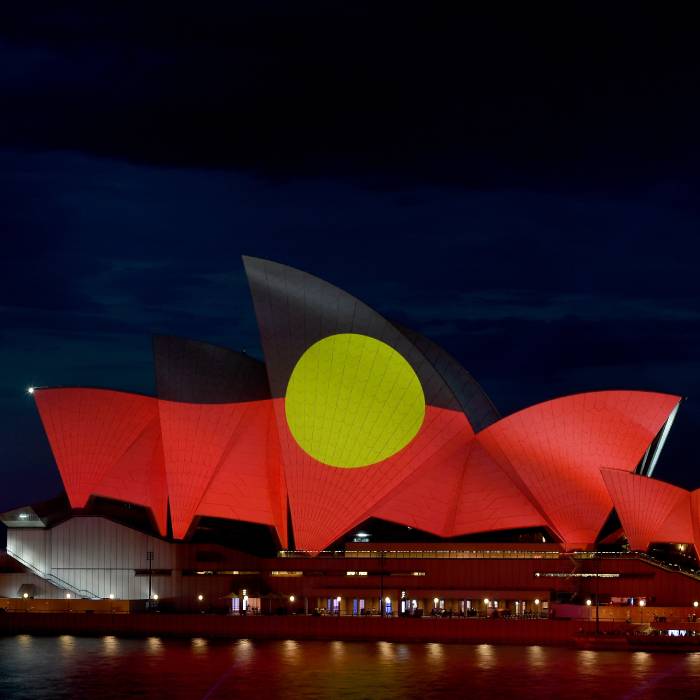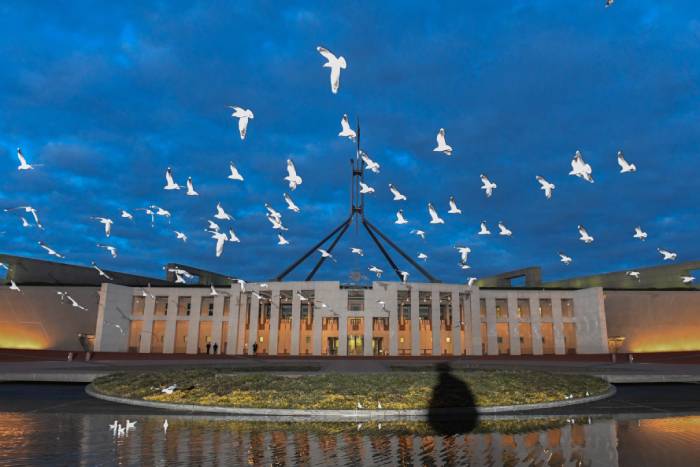Australian families struggling with rising back-to-school costs could get a helping hand if a minor party’s policy gains traction.
Between 2021 and 2022, public school fees, charges and contributions rose 20 per cent, and now school supplies are set to cost $694 for primary students and $1149 for high schoolers, according to comparison website Finder.
Mother-of-two Amanda May has been saving up for her children’s school supplies since December but was blindsided when her daughter needed a $210 calculator for an advanced mathematics class.
“Mum guilt is a real thing,” she told AAP.
“It really puts an emotional pressure on you because you don’t want to let your kids down.
“But it’s money that you would normally spend on groceries and I think every family at the moment is trying to cut costs somewhere.”
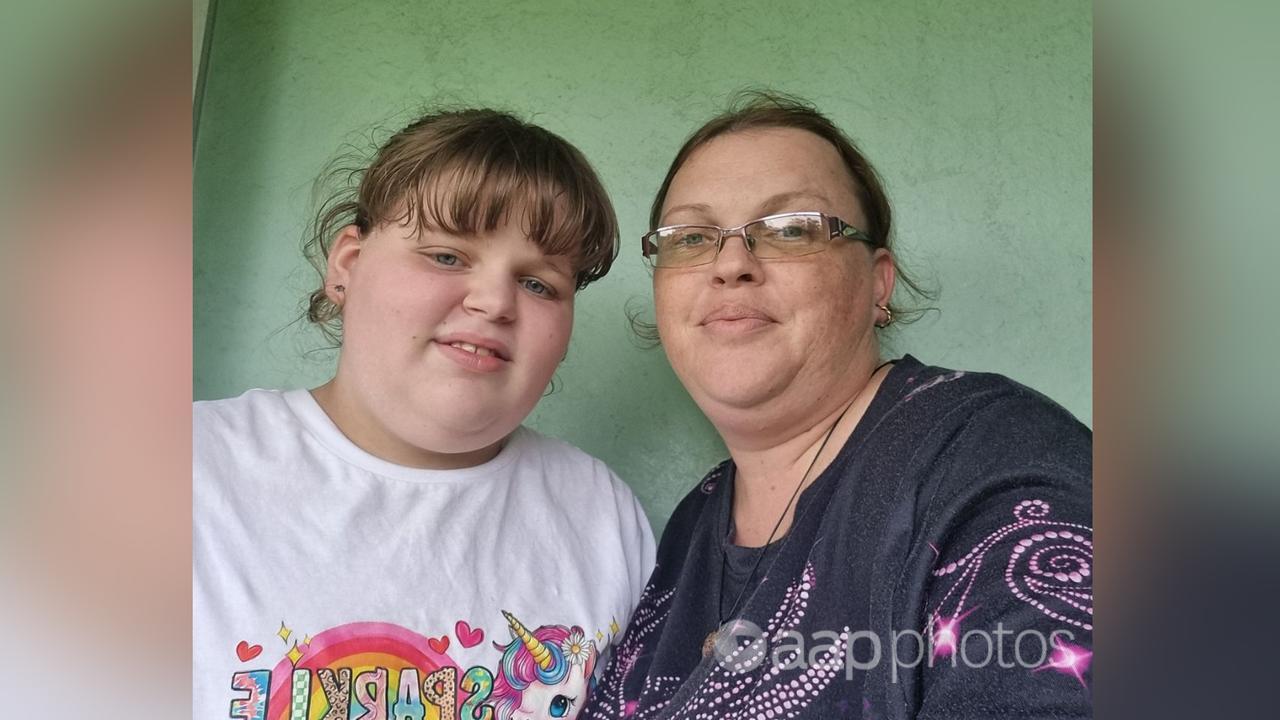
One Queensland mother says she has received help for school supplies from her daughter’s Smith Family scholarship, but still has to cut back.
“I’m trying to make sure that I’ve got money so I can provide food, because it’s not just the schooling stuff that’s getting expensive, it’s everything,” said Rebecca, who did not wish to give her surname.
A recent survey released by children’s charity The Smith Family found almost nine in 10 respondents were worried about being able to afford supplies for the 2025 school year.
More than half said this was due to the increased cost of everyday expenses such as groceries, petrol and rent.
But families could receive some relief after the federal election, which must be held by May 17, if a Greens policy takes off.
The party is promising to provide parents and carers with an annual $800 payment per student in primary or secondary public schools.
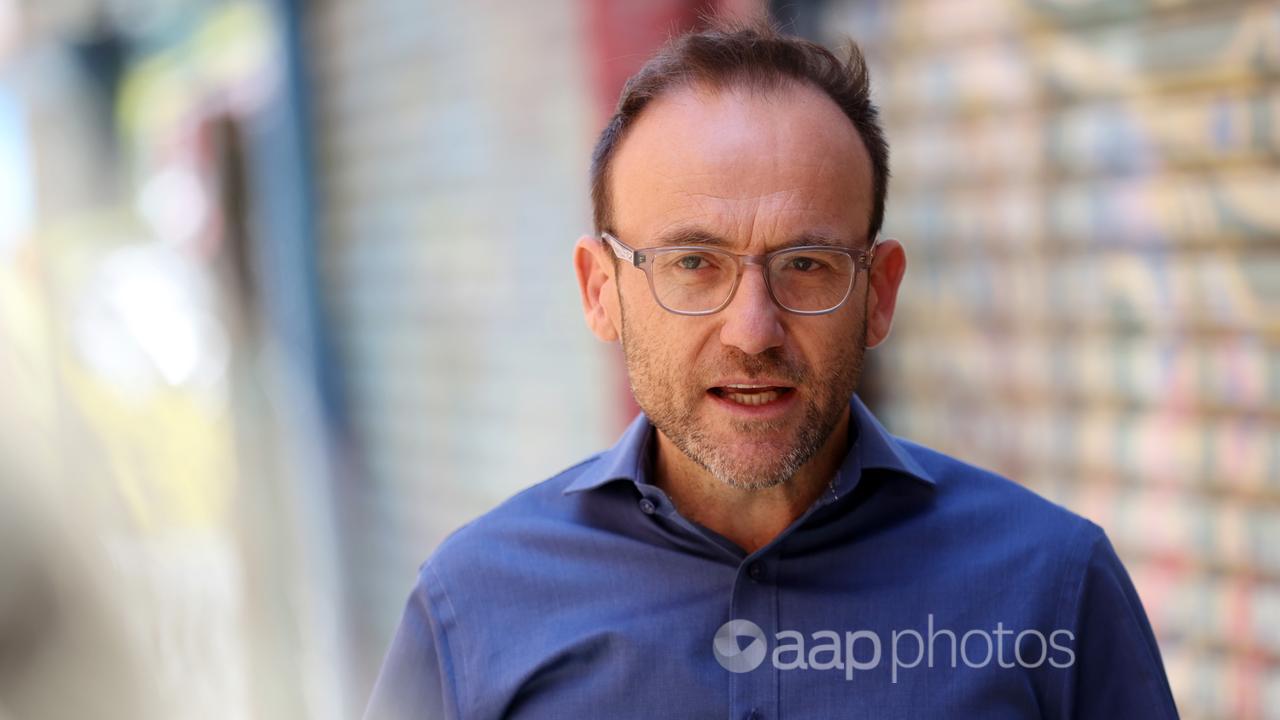
The Greens have also proposed abolishing public school fees and fully funding public schools as part of its $2.4 billion education reforms, which they say could save a family with two children almost $2500 per year.
“Governments are underfunding our public schools and shifting the costs onto parents already struggling with the cost of living,” Greens leader Adam Bandt said.
“In a wealthy country like ours, everyone should be able to afford the basics: a home, food, and world-class health and education.”
The proposal echoes initiatives by Victoria’s Labor government, which offers families $400 per child for school supplies, and the former Liberal NSW government, which provided $150 vouchers for each student.
Mr Bandt has proposed paying for his party’s latest promise by increasing taxes on corporations.
With a minority government an increasingly likely election outcome, the Greens and other crossbenchers could hold significant sway.
During the previous power-sharing government in 2010, the party successfully pushed to include children’s dental services under Medicare, allowing more than three million kids to access free care.
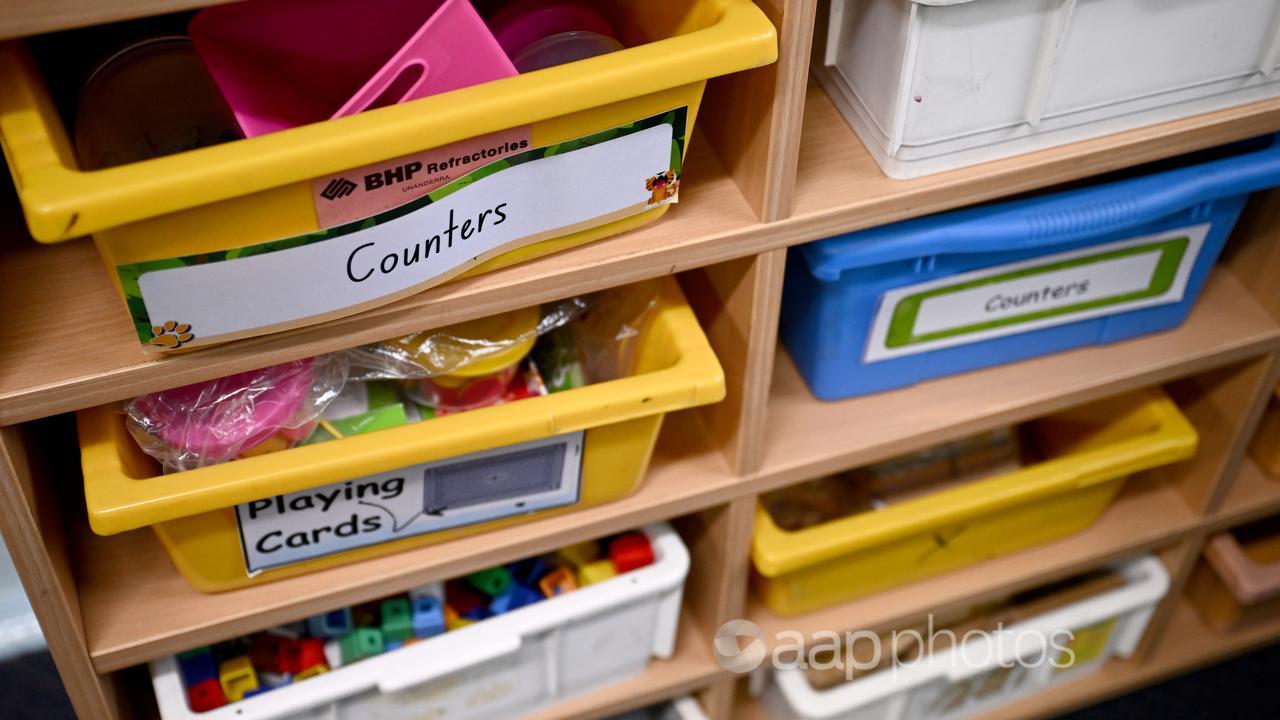
Charles Darwin University political economist Rolf Gerritsen said the $800 payments could push inflation higher and would be better directed to schools to buy equipment.
He said there were smarter ways to tackle of cost-of-living pressures, such as means-tested grants or tax credits for families with school-aged children.
But University of South Australia economist Susan Stone believed the $800 payments were unlikely to “put a whole lot of pressure on inflation”.
“It’s not a lot of money. What you worry about is spending that puts pressure on already short resources,” Dr Stone told AAP.
“I’m a big advocate of public schools, and I believe investing in them is an investment in our future … you’re investing in kids who are going to come out hopefully better off.”

